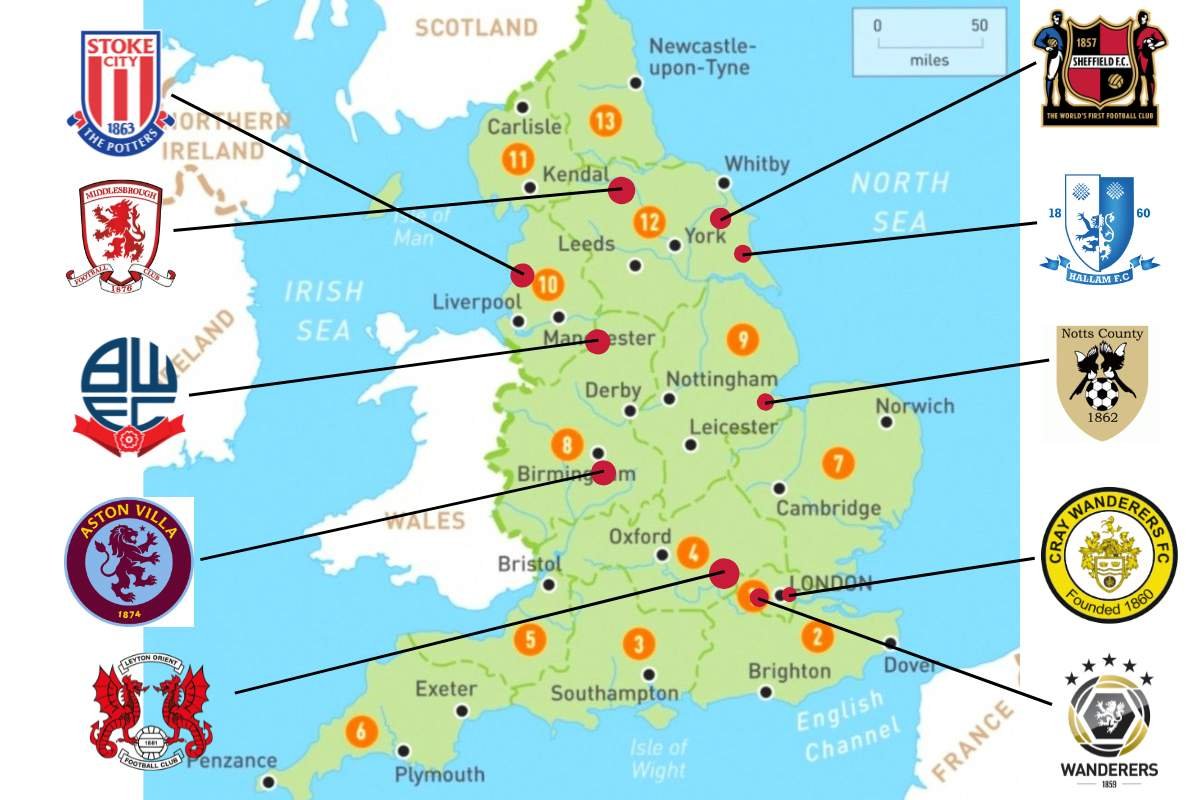There are several Undefined Rules that should not be broken when it comes to company technology. Some of them may appear obvious, but you’d be amazed how many times you’ve made a mistake without even realizing it.
Large and small businesses alike have embraced a more laid-back startup culture in recent years. Many people regard technology, information technology, and the information that comes with it as a cost. Someone has to maintain all of your employees’ laptops and desktop computers. It costs money merely to keep those devices running, not to mention the expense of upgrades, replacements, and maintenance.
When it comes to technology and your business, it’s natural to hold this opinion. Yes, they are expenses, but they will cover the necessities for your firm to run. IT is as important as the lighting and heating in your business. A long-term plan and understanding of how technology may assist generate efficiency and alter basic components of how your firm functions is where the investment should be made.
Undefined Rules in Business Technology include;
1. Always Update Skillset
A skill set is a collection of abilities, qualities, and experiences that you can use to successfully complete tasks. Soft talents like interpersonal skills, organization, and leadership, as well as technical abilities like research, computer programming, accounting writing, and others, might be included.
Spending time honing your talents might help you reach your career objectives like getting a promotion or becoming an authority on a certain subject. Your skill set can be used to advance in your present profession or to gain employment in a new sector or business.
To embed the adoption of new technology and procedures within the business, people must be trained to think and work in a new context. So, Always Update Skillset is important Undefined Rules in Business Technology.
here are two main types of skills that make up your skill set—soft skills and hard skills.
Soft skill
Interpersonal skills and other personality qualities that help you to interact and collaborate with people are known as soft skills. Soft talents are also transferrable, meaning they are useful in any career, regardless of industry. Adaptability, communication, conflict resolution, creativity, decision making, leadership, motivation, teamwork, and time management are examples of soft skills.
Hard skills
Hard skills, also known as technical skills, are talents that you employ to do a task relevant to a certain career. These abilities may be acquired or improved through training, lessons, and practice. Copywriting, data analysis, event organizing, foreign language proficiency, graphic design, information technology, mathematics, and SEO/SEM marketing are examples of hard talents in accounting.
One significant distinction between hard and soft talents throughout the employment process is that hard abilities may be listed and verified, but soft skills are often demonstrated during in-person interviews. If some soft talents are important and necessary for a certain job, you should mention them alongside your technical skills on your resume.
2. Redesigned Processes
Redesigning Business Technology procedures using professional yet basic design principles to assist organizations in discovering new methods to automate existing processes and create wholly new ones.
Business process redesign is often referred to as reengineering or transformation of business processes. In the 1990s, redesigning became popular as a method for corporate executives to concentrate on adapting to new technology and other influences in their businesses. This necessitates a thorough examination of the company’s present workflow and process structure, as well as a redesign to make it more efficient. Some businesses may hire outside consultants to assess, plan, and execute improvements because they demand a specific level of competence. So, Redesigned processes are important Undefined Rules in Business Technology.
Many businesses undergo business process redesigns as a result of industry developments that necessitate new infrastructure to be competitive. In other situations, businesses may be forced to undertake drastic changes, such as abandoning old methods in favor of new ones. For example, if a more efficient method of manufacturing a product or gaining access to a resource is discovered, a company may be forced to forsake old procedures and embrace new ones in order to keep up with its competitors.
A regulatory mandate may demand the incorporation of additional safety measures into a production process, forcing the firm to restructure its workflow. Lead was, for example, prohibited from being used in the manufacture of home paints, as well as toys and other things. Companies that utilized lead in their goods had to redesign their processes in order to stop using it and find alternatives.
Some businesses may need to consider removing elements of their operations that are not profitable. To cut expenses, a process redesign might be used. Consolidation, personnel cutbacks, stricter budgeting, the sale of unproductive enterprises, and the closure of offices and other facilities are all possibilities. To restrict the channels of authority, executive posts and layers of administration may be abolished.
3. Embracing New Digital Solutions
Using cutting-edge technology to provide a better customer and end-user experience while also automating company procedures. The following are some of the advantages:
High-quality data is critical because it allows us to manage services and accountability with accurate and timely information. It also assists us in prioritizing and ensuring the most efficient use of resources. When utilizing paper forms to collect data, there is always the risk of incomplete, erroneous, or inaccurate entries during human transcription or double entry into another system. Human mistake, such as poor handwriting or missing data, can result in complete disasters. So, Embracing New Digital Solutions is important to Undefined Rules in Business Technology.
Developing People claims that Around the world, 57 percent of office workers squander an hour every day looking for papers, which is a substantial amount of time; this does not include the time spent printing and filing material. Other stresses that make manual data input complex and create a barrier between issues and settlements include double data entry, manual data checks and management, printing, distributing, and returning paper forms. Users will be able to find the papers they need with only a few clicks using an automated system.
CONCLUSION
In today’s workplace, when there appears to be no end to the amount of sophisticated technology aimed to boost productivity and efficiency, organizations must realize that technology is just part of the answer. The work that individuals and teams must perform to codify the business’s undefined rules and procedures that operate the organization is more significant than any piece of technology you chose to buy. You may begin to digitally alter the organization once these norms and processes have been developed and adopted.





